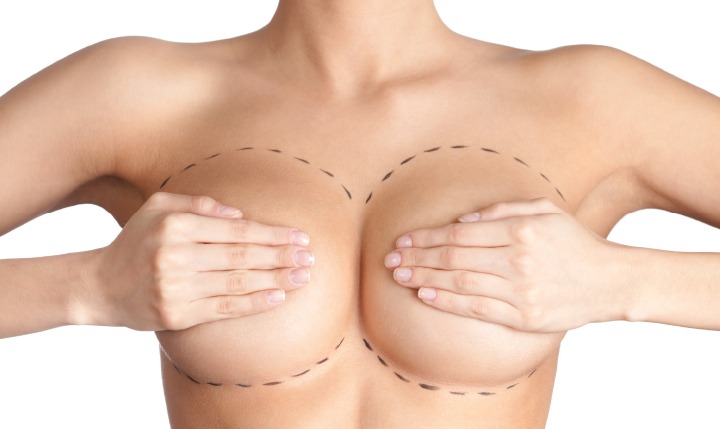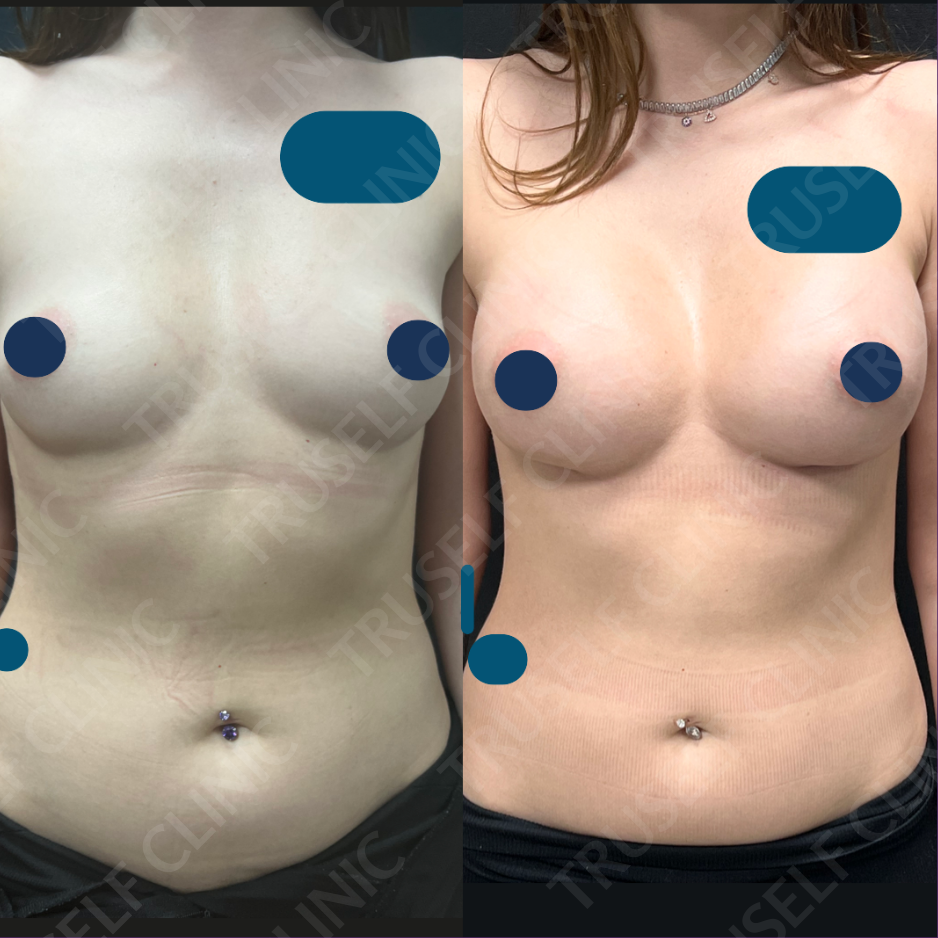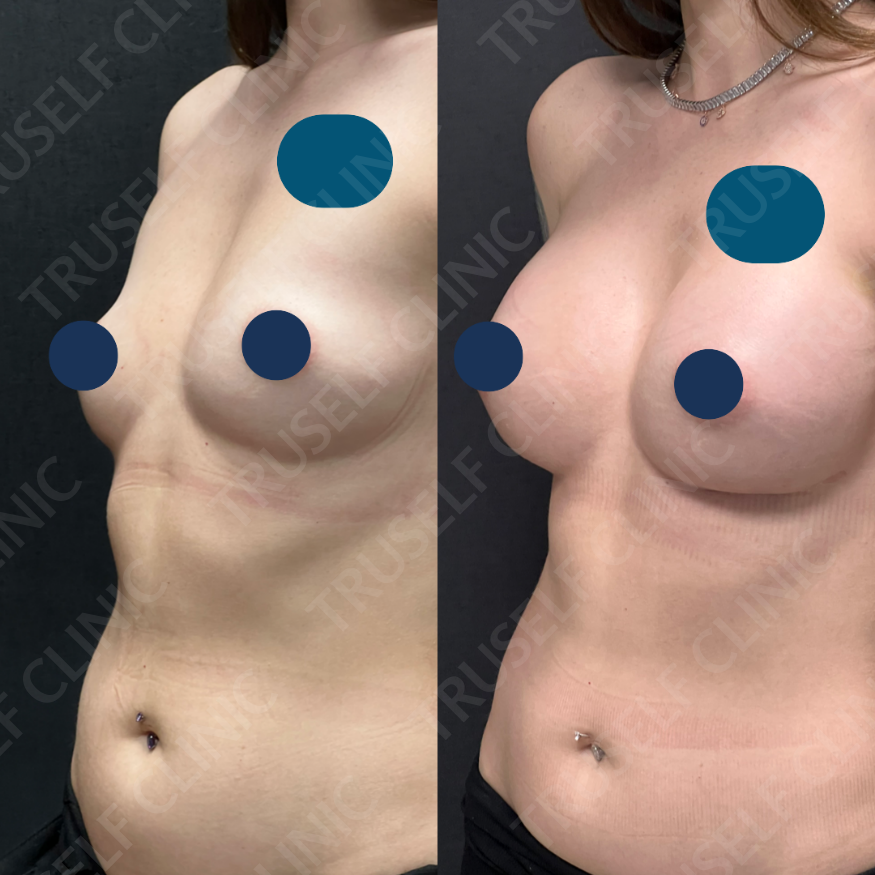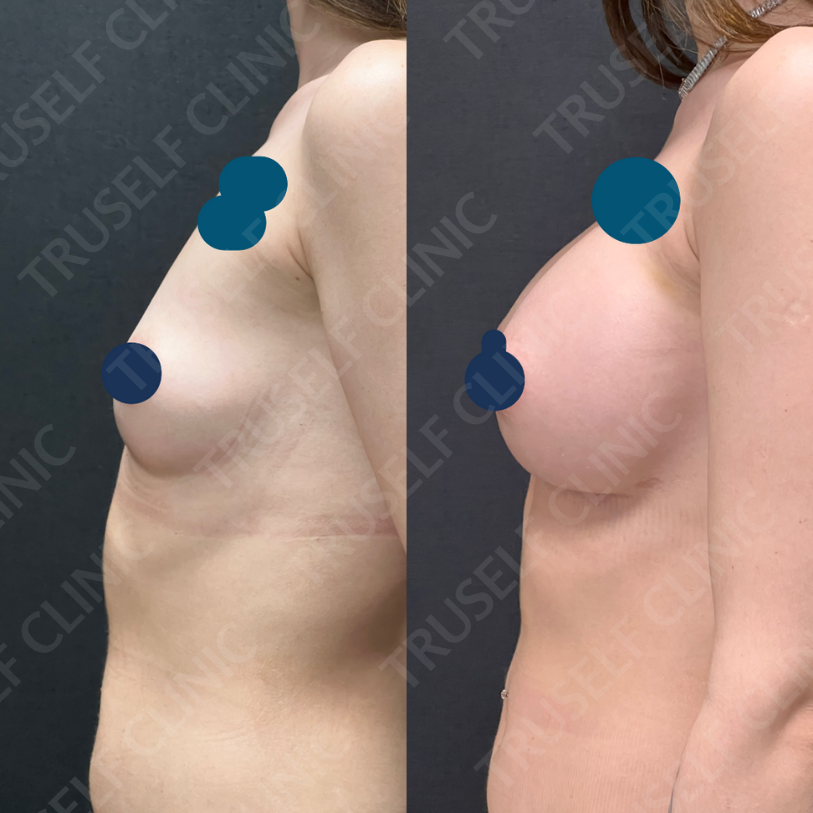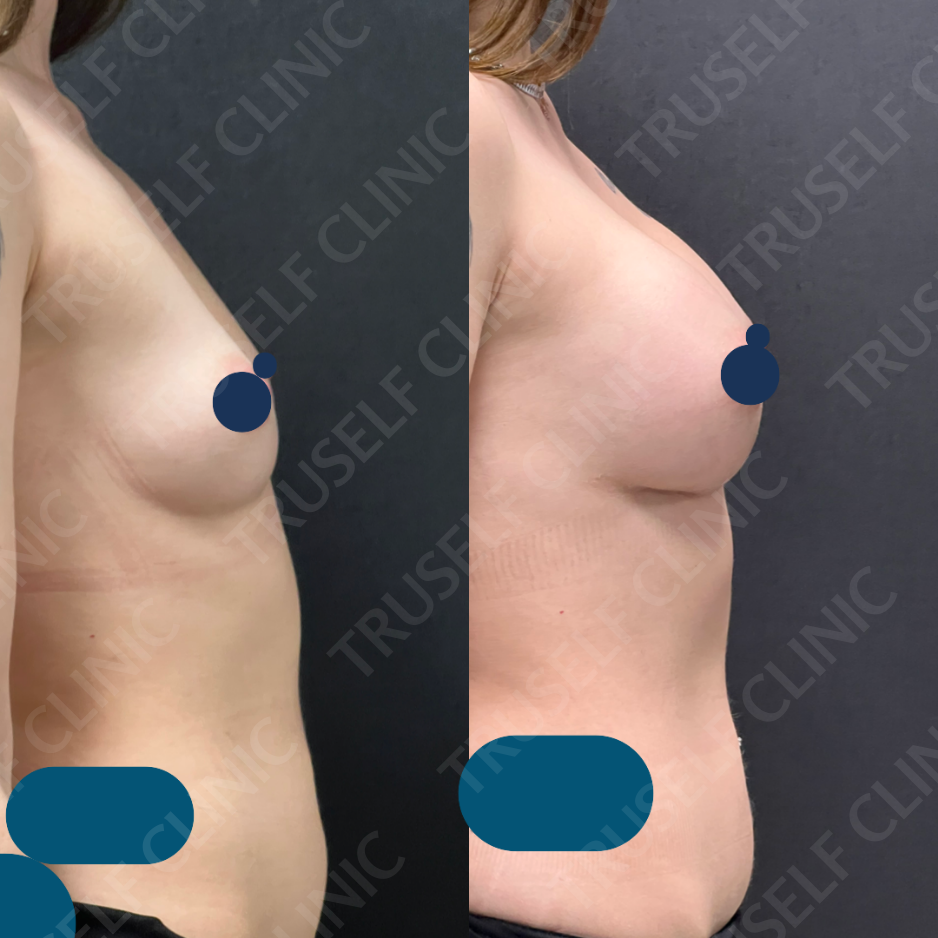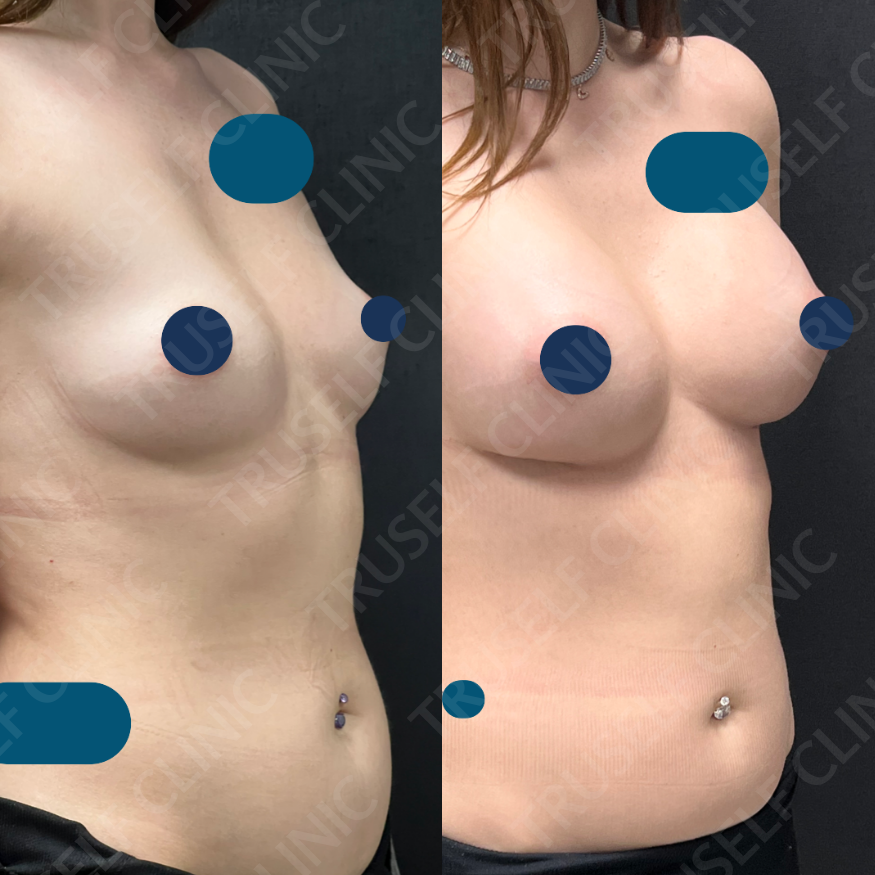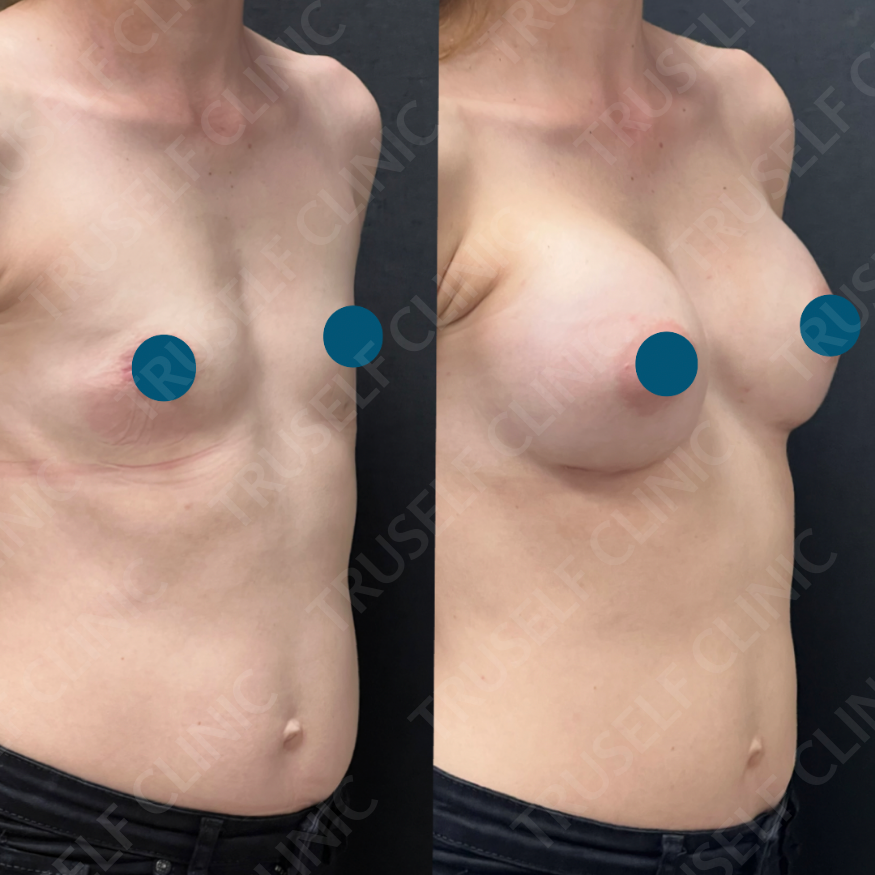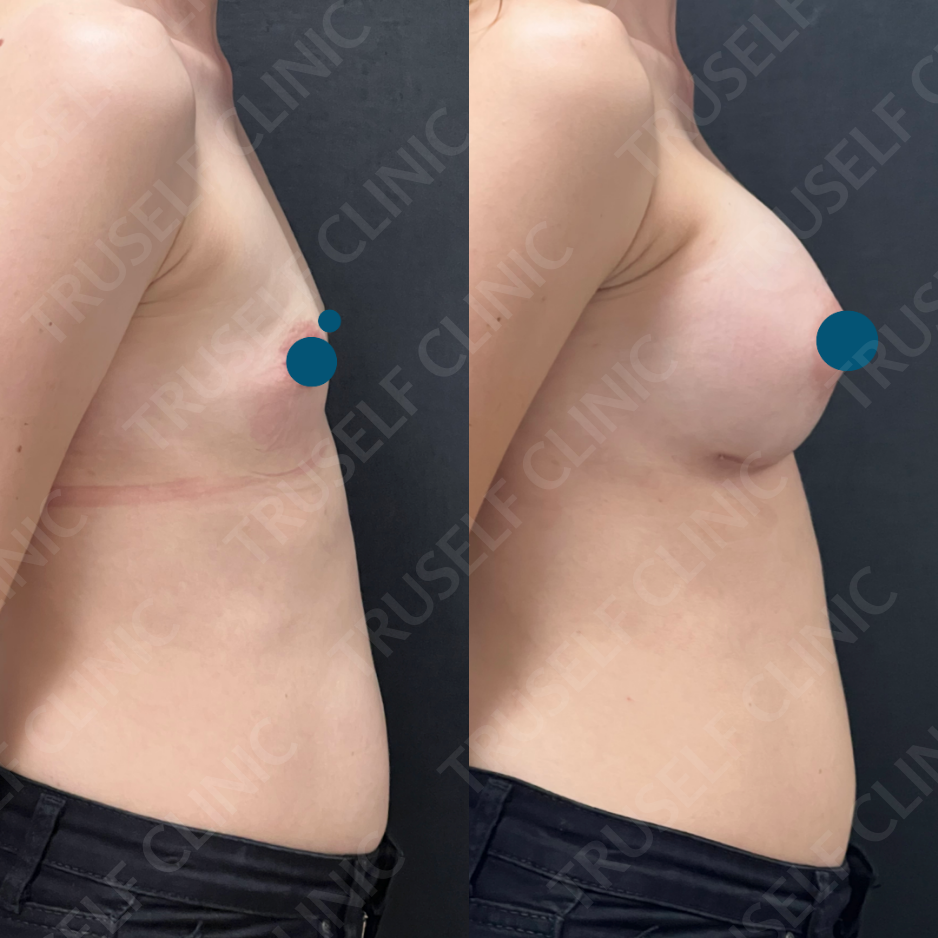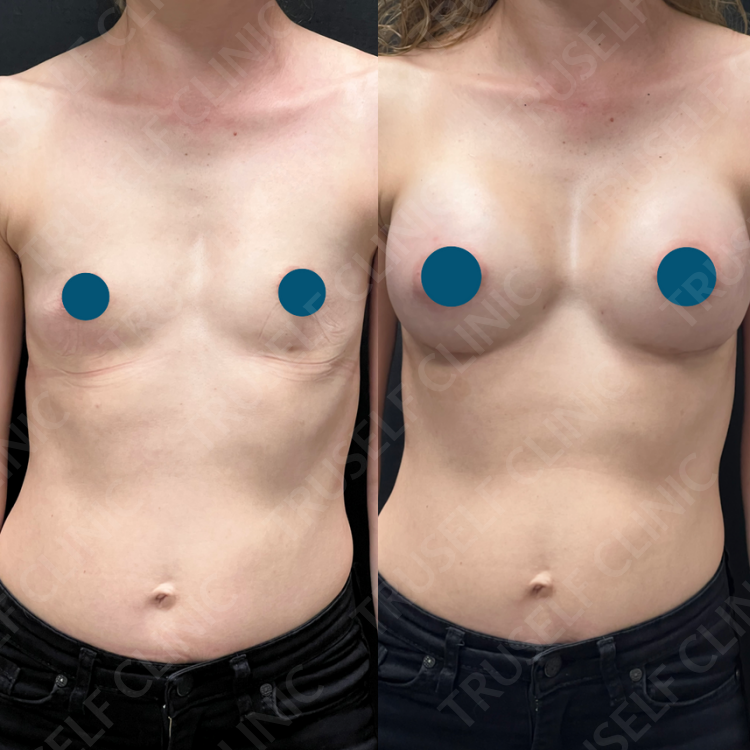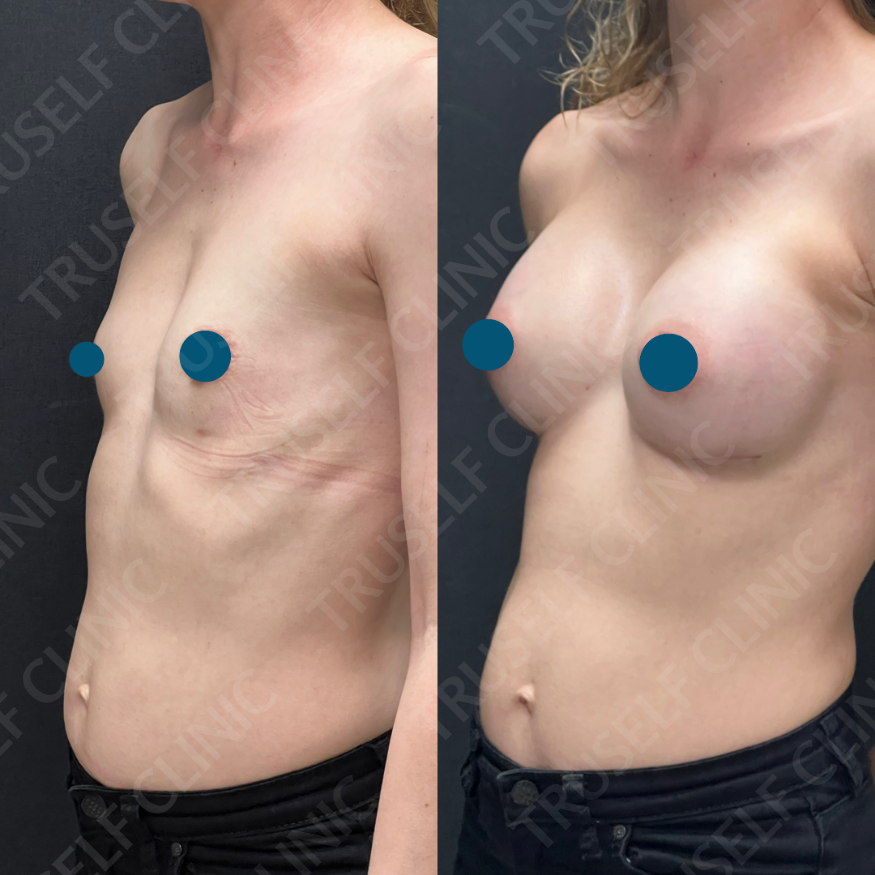Breast Reduction
The procedure can be performed using a variety of techniques, depending on the patient's individual needs and desired outcome, and typically involves making incisions around the areola and vertically down the breast, and sometimes along the inframammary fold (the crease beneath the breast). The surgeon will then remove excess tissue, fat, and skin before reshaping the remaining breast tissue to achieve a more proportionate and aesthetically pleasing breast size and shape.
Breast reduction surgery can help alleviate symptoms such as chronic back, neck, and shoulder pain, difficulty exercising or engaging in physical activity, skin irritation, rashes, or infections under the breasts, and self-consciousness or dissatisfaction with the appearance of the breasts.
Breast reduction, also known as reduction mammoplasty, is a surgical procedure aimed at reducing the size and volume of the breasts. The surgery involves the removal of excess breast tissue, fat, and skin, and is typically performed for women who experience physical discomfort or health issues as a result of excessively large breasts.
Who is a good candidate for breast reduction?
A good candidate for breast reduction is typically a woman who:
Is in good overall health: Candidates for breast reduction should be in good health and free of any medical conditions that may increase the risk of surgery.
Has excessively large breasts: Candidates for breast reduction typically have breasts that are disproportionately large in relation to their body size and frame, causing physical discomfort, pain, or other health issues.
Is experiencing physical symptoms related to large breasts: Candidates may be experiencing chronic back, neck, and shoulder pain, skin irritation or rashes, difficulty exercising or engaging in physical activity, or other symptoms related to the weight and size of their breasts.
Has realistic expectations: Candidates should have realistic expectations for the outcome of their surgery, and understand that breast reduction surgery may leave some scarring and may not completely eliminate all symptoms or discomfort.
Is emotionally prepared: Candidates should be emotionally prepared for the surgery and have a strong support system in place to help them through the recovery process.
Ultimately, the decision to undergo breast reduction surgery should be made in consultation with a qualified plastic surgeon, who can assess the individual's health status, discuss the risks and benefits of the procedure, and recommend the most appropriate surgical approach to achieve the desired outcome.
What are the benefits and risks of breast reduction?
Benefits of Breast Reduction:
Relief from physical discomfort: One of the primary benefits of breast reduction surgery is relief from physical discomfort, including back, neck, and shoulder pain, as well as skin irritation and rashes.
Improved quality of life: Women who undergo breast reduction surgery often experience improved quality of life, with the ability to engage in physical activities that were previously challenging or uncomfortable.
Enhanced self-confidence: Many women who undergo breast reduction surgery report feeling more confident and comfortable in their own bodies, which can have positive effects on their overall well-being.
More proportionate breast size: Breast reduction surgery can help achieve a more proportionate breast size and shape, which can improve overall body symmetry and aesthetics.
Risks of Breast Reduction:
Scarring: Breast reduction surgery typically involves incisions around the areola and vertically down the breast, which can leave noticeable scarring.
Changes in breast sensation: Breast reduction surgery may cause changes in breast sensation, including temporary or permanent numbness or loss of nipple sensation.
Infection: As with any surgery, there is a risk of infection following breast reduction surgery.
Bleeding or hematoma: Excessive bleeding or formation of a blood clot (hematoma) may occur after breast reduction surgery.
Anesthesia risks: Any type of anesthesia carries risks, such as allergic reactions or adverse reactions to medications.
Uneven breast shape or size: In some cases, breast reduction surgery may result in uneven breast size or shape, requiring additional surgery to correct.
Difficulty breastfeeding: Breast reduction surgery may affect a woman's ability to breastfeed, as it may involve removing some of the milk ducts.
It's important to discuss the potential risks and benefits of breast reduction surgery with a qualified plastic surgeon before making a decision to undergo the procedure.
How to get ready for breast reduction?
Preparing for breast reduction surgery involves several steps, including:
Consultation with a plastic surgeon: The first step in preparing for breast reduction surgery is to schedule a consultation with a qualified plastic surgeon. During the consultation, the surgeon will evaluate your health, discuss your medical history, examine your breasts, and discuss your goals and expectations for the surgery.
Medical evaluation: Before surgery, you may be required to undergo a medical evaluation, including lab tests and a mammogram, to ensure that you are healthy enough for surgery.
Quit smoking: If you smoke, it is important to quit at least four weeks prior to surgery, as smoking can increase the risk of complications and slow down the healing process.
Avoid certain medications: In the weeks leading up to surgery, you may be advised to avoid certain medications and supplements that can increase the risk of bleeding, including aspirin, ibuprofen, and vitamin E.
Prepare for recovery: You will need to arrange for time off work or school and make preparations for a comfortable recovery period, including stocking up on supplies, arranging for transportation to and from appointments, and preparing a recovery area in your home.
Follow preoperative instructions: Your surgeon will provide you with specific preoperative instructions, such as fasting requirements and medication instructions, that you should follow closely to ensure a safe and successful surgery.
By following these steps and working closely with your surgeon, you can help ensure a smooth and successful breast reduction surgery and recovery.
How to take care of yourself after breast reduction?
After breast reduction surgery, it's important to take care of yourself and follow your surgeon's postoperative instructions to promote healing and minimize the risk of complications. Here are some general tips for postoperative care:
Wear a compression bra: Your surgeon will provide you with a compression bra to wear after surgery. It's important to wear the bra as instructed to help reduce swelling and support your breasts during the healing process.
Take pain medication as prescribed: You may experience some discomfort after surgery, and your surgeon may prescribe pain medication to manage your pain. Follow your surgeon's instructions for taking medication, and do not take any additional pain medication without consulting your surgeon first.
Rest and avoid strenuous activity: Rest is essential for proper healing after breast reduction surgery. Avoid any strenuous activity, heavy lifting, or exercise for at least several weeks after surgery.
Keep the incisions clean and dry: It's important to keep the incision sites clean and dry to prevent infection. Follow your surgeon's instructions for wound care, including showering and changing dressings.
Attend follow-up appointments: It's important to attend all scheduled follow-up appointments with your surgeon to monitor your progress and ensure proper healing.
Avoid smoking and alcohol: Smoking and alcohol can slow down the healing process and increase the risk of complications. Avoid smoking and alcohol during the postoperative period.
Eat a healthy diet: Eating a healthy diet rich in vitamins and nutrients can help promote healing after surgery. Make sure to stay hydrated and eat plenty of fruits, vegetables, and lean protein.
By following these postoperative care tips and working closely with your surgeon, you can help ensure a safe and successful recovery after breast reduction surgery.
How is the healing process and scarring after breast reduction?
The healing process after breast reduction surgery varies from person to person, but in general, it takes several weeks to several months for the breasts to fully heal and for swelling and bruising to subside. The first few days after surgery are usually the most uncomfortable, and your surgeon may prescribe pain medication to help manage your pain.
During the first few weeks after surgery, it's important to rest and avoid strenuous activity to allow the body to heal. You may be required to wear a compression garment or surgical bra to support the breasts and reduce swelling during this time. Your surgeon will provide specific postoperative instructions, including wound care and medication instructions, that you should follow closely to promote healing and minimize the risk of complications.
Scarring is a normal part of breast reduction surgery, and the extent and appearance of scars vary depending on the technique used and the individual's healing process. In general, breast reduction scars are located around the areola and down the breast, and they typically fade over time. However, it's important to keep in mind that scarring is permanent and that the appearance of scars can vary widely depending on the individual.
To minimize scarring after breast reduction surgery, it's important to follow your surgeon's postoperative care instructions, including keeping the incision sites clean and dry and avoiding direct sun exposure. Your surgeon may also recommend scar massage or other treatments to promote healing and reduce the appearance of scars.
Overall, the healing process after breast reduction surgery can be challenging, but with proper care and attention, most women are able to recover successfully and enjoy the benefits of smaller, more comfortable breasts.




